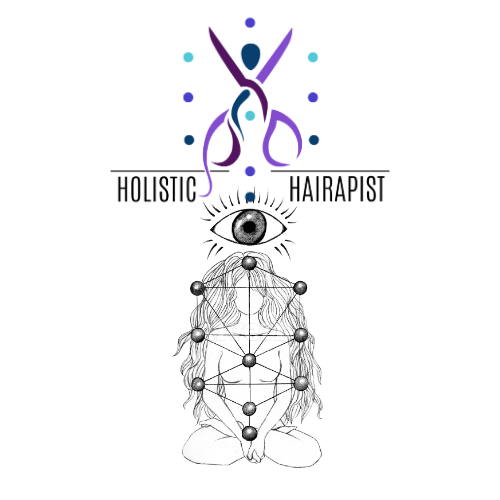Haircolor 101 the chemistry
- Holistic Hairapist

- Jan 21, 2020
- 2 min read
Fun Facts!
(permanent dyes)
Hair dying is the practice of changing the colour of the hair, usually through chemical means. It can be done professionally by a hairdresser or at home through the use of boxed hair dyes.
- in ancient times, dyes were obtained from plants. Some of the most well known are henna, indigo, and Cassia obovata.
- hair dye dates back to 3400 B.C., when ancient Egyptians began using henna to camouflage their gray hairs
- in 100 A. D., Roman doctor Galen described a recipe for black dye. Scientists re-created the formula in 2006 and found out it actually works.
- Eugène Schueller, the founder of L'Oréal, created the first synthetic hair dye in 1907
first step: the oxidation of p-phenylenediamine (primary intermediate) to the quinonediimine (C6H4(NH)2)
Why does hair have colour?
- primary intermediates (p-Phenylenediamine) can only produce dye molecules when exposed to an oxidizing agent, so hair dyeing is only possible through oxidation
three red couplers (A, B, C), two yellow-green couplers (D, E) and a blue coupler (F)
First, to make hair dye, the primary intermediate molecules are oxidized, producing a reactive species which go on and react to form the dye molecules. Couplers are added to this mixture to make a specific colour. Then, when applying, ammonia opens the outer layer of the hair shaft. the cuticle, so that the dye can react with the inner portion of the hair, the cortex, and remove or deposit colour. These dye intermediates and couplers then undergo oxidation and coupling reaction to form larger molecules which are locked in the hair and cannot be easily removed through washing.
- Today, over 75 percent of American women dye their hair
- #1 most common hair colour: black
- blond is among the best-selling hair colors
- 1968 was the last year Americans were asked to list hair color on their passports, because people were dyeing their hair so often, the information was useless
Fun statistics
The Chemistry of
Hair Dyeing
Hair is mostly made of a protein called keratin.
Pigments called melanin are the reason why hair is coloured: eumelanin for brown-black hair and pheomelanin for blonde-red hair.
- oxidation: Oxidation takes place when an unstable atom loses an electron, thus allowing the atom to form a new compound with another element.
- this takes place between the natural melanin pigments in hair by removing the conjugated double bonds that lead to their colour and making their molecules colourless (bleaching of the hair), providing a blank canvas for the dye
- oxidizes the primary intermediate molecules, producing a reactive species which can then go on and react and form the dye molecules
- combination of hydrogen peroxide and ammonia causes natural hair to be lightened.
Hair Dyeing is...
the attack of this quinonediimine on the coupler.
Process
Why is it Important?
the product from the quinonediimine-coupler reaction oxidizes to the final hair dye.
- p-Phenylenediamine (PPD) (C6H4(NH2)2), a chemical used as a primary intermediate that produces brown shades when exposed to oxidizing agents
- hydrogen peroxide, an oxidizing agent
- ammonia, a weak base that creates the alkaline/basic environment that the reactions take place in
- couplers, chemical compounds that are added into the hair dye to create the colour




Comments